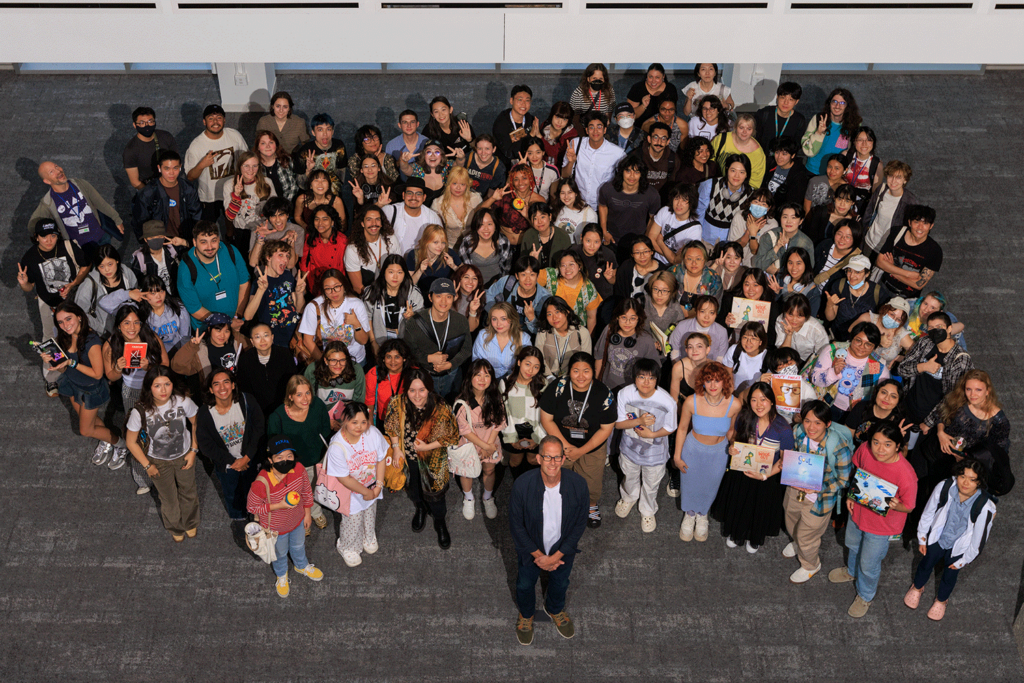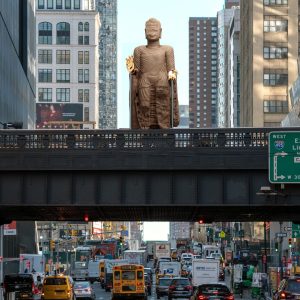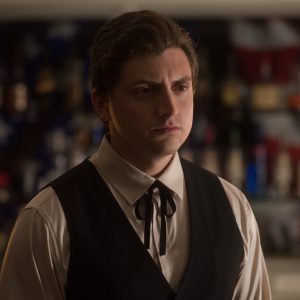The cameras are already set up and ready to roll in The Palace, but before Pixar Chief Creative Officer Pete Docter (Film/Video BFA 90) can answer a group of CalArts student interviewers’ burning questions, he strikes up a chat with them about his time in the very same life drawing room during his second year.
“I had a desk like right there,” he notes, turning slightly and mapping its width with his hands. Docter then points to the space once occupied by the desk of a fellow student, who he recalled had a penchant for singing. When asked if the room looked familiar to Docter, he replied, “All the surfaces are new, but the space is the same.”
The legendary filmmaker returned last month to spend a day at the Institute, interacting with students, touring the campus, and wrapping up with a special screening at a local theater. Though a lot has changed for Docter since he graduated from CalArts and blazed his storied animation career, it appears that the spirit of the Institute has stayed with him.
“I came out of school and went up to this unknown—I swear, it was unknown—place called Pixar,” he quipped during the student interview. He found employment there on the recommendation of School of Film/Video faculty Joe Ranft (Film/Video 80), and Docter became Pixar’s third-ever animator.
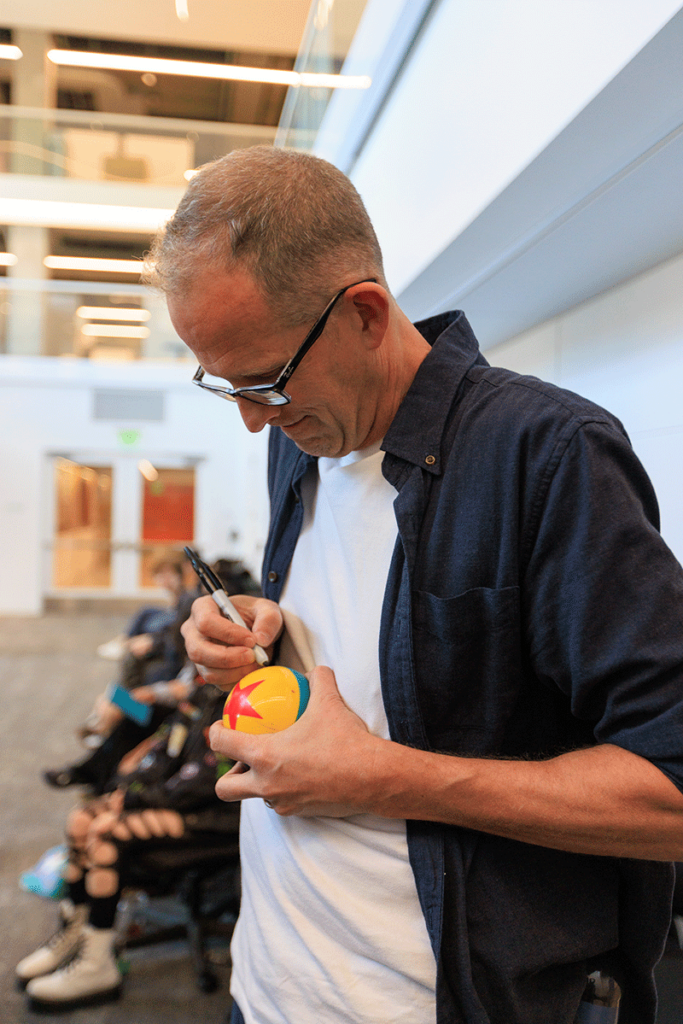
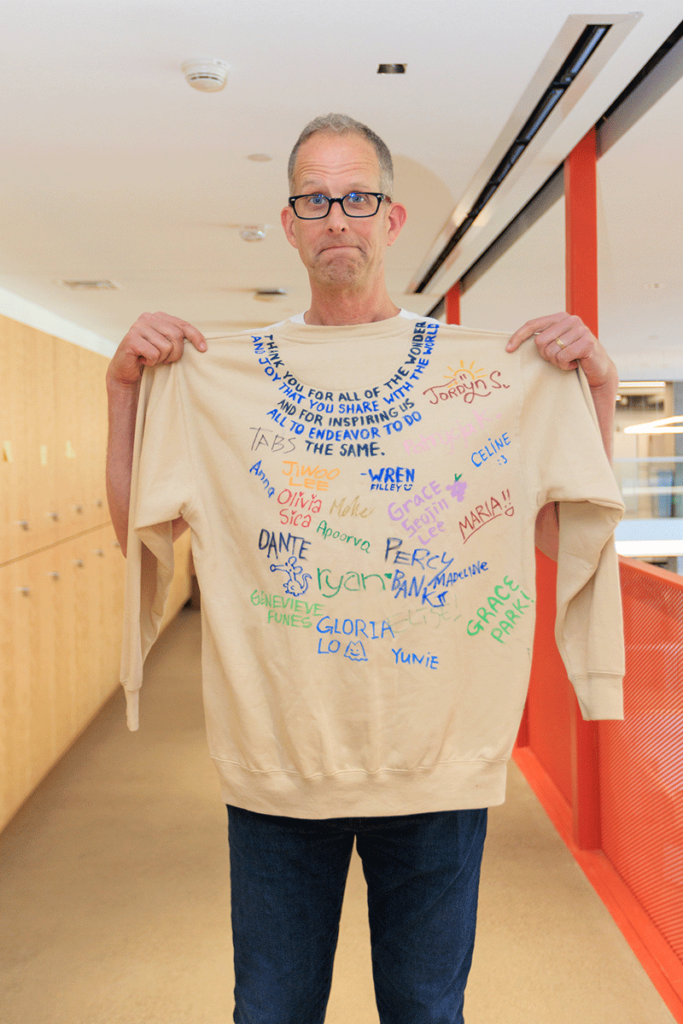
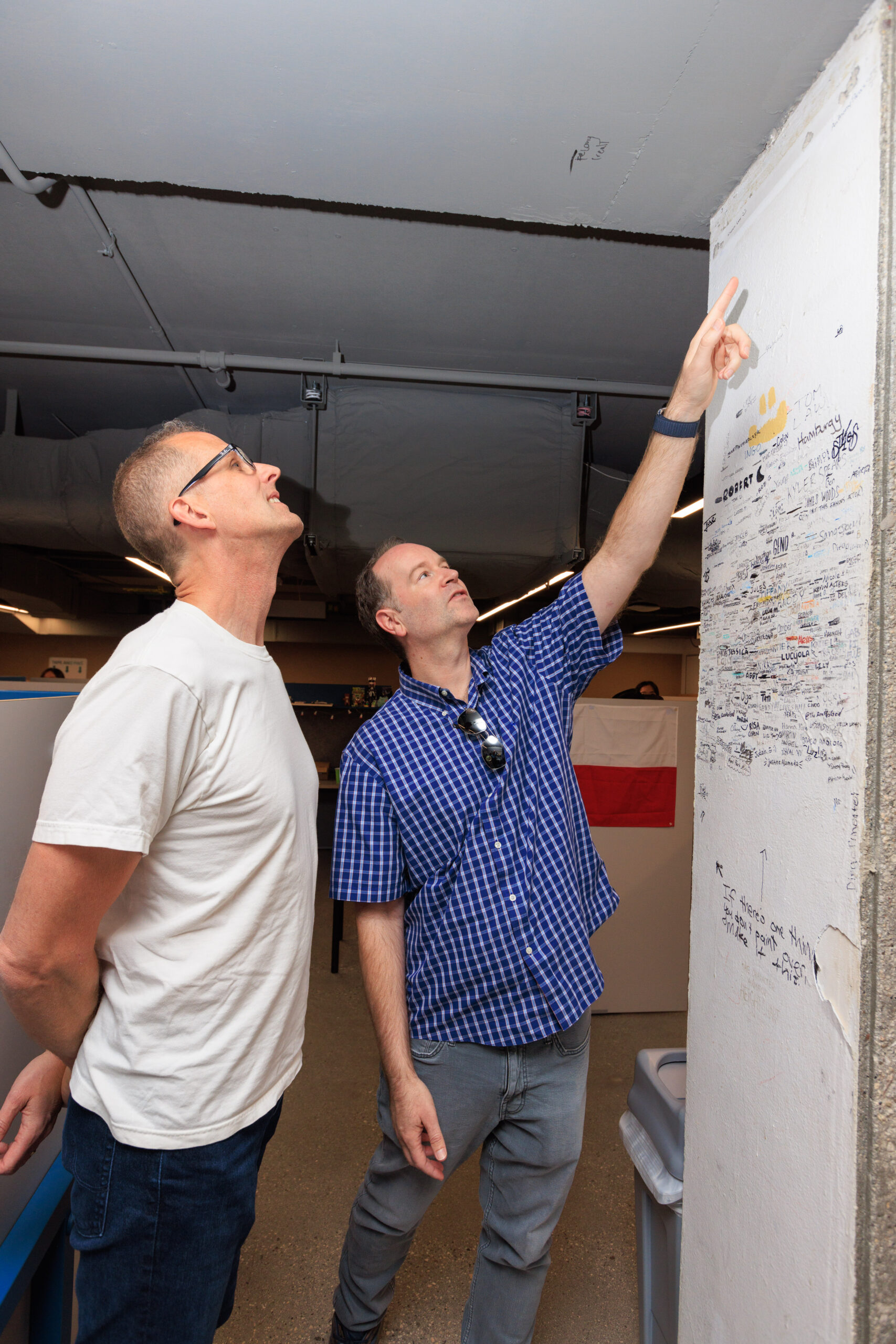
Docter’s first project with the studio was Toy Story (1995)—Pixar’s big break and a launchpad from which he racked up credits on many of the studio’s beloved films. He developed the story for WALL·E (2008) with director and fellow alum Andrew Stanton (Film/Video BFA 87). His feature directorial debut was Monsters, Inc. (2001), and first took up the mantle as a Pixar feature executive producer on 2012’s Brave. While momentous, these award-winning titles are just pieces of Docter’s impressively vast filmography, which paints a picture of an artist involved at several stages of production at various levels.
Among his recent projects are directing and writing the 2020 feature Soul, which won Best Animated Feature at the 93rd annual Academy Awards (and clinched his third Oscar), and executive producing Inside Out 2, which smashed the box office this summer and became the highest-grossing animated film of all time.
Docter’s arrival to campus was enthusiastically received by the community, and he spent the day at his alma mater doing meet and greets, taking a group photo with Character Animation students in A112, and even drawing in one of the Character Animation spaces. Back in The Palace, he shared his insights with the three BFA student interviewers from the CalArts student-run channel Artale.
When Maggie Gunawan, a BFA 2 in Experimental Pop, questioned Docter about how he overcomes creative blocks, he noted that he often makes lists of “bad ideas” until he comes across one with promise and develops it further. He also recommended bringing in a person who hasn’t seen anything you’ve been working on and asking them to take a look. “Sometimes that unlocks some stuff,” said Docter. “You have to bang your head on the wall for a while and get frustrated to prove to your brain that this is important.”
After meeting with School of Film/Video faculty and getting a tour of the remodeled A-Block, Docter departed campus for an exclusive screening of Inside Out 2 at the Regal Edwards Valencia in the Valencia Town Center. Two rented-out theaters quickly filled with students, faculty, staff, and other CalArts community members for a talkback with the day’s special guest. Following a brief introduction by CalArts President Ravi Rajan, Docter initiated back-to-back Q&A sessions with audiences in both theaters, shining light on various aspects of the film’s production and the progression from the original’s release to the sequel nine years later.
“For Inside Out, I was thinking ‘what can we do that would bring great characters to the screen?’” Docter stated. While many creators prioritize the story, he personally opts to focus on crafting interesting characters who are relatable to audiences, and remind them of people in their own lives. He also noted how the character designs came about, and that they were partly informed by conversations with the voice actors.
When asked about how the sounds and movements associated the emotions came about, Docter responded:
“Before we even had a story, the way I sold this was to say, ‘Imagine Lewis Black as anger,’” shared Docter. “I didn’t really have anybody else, but that just felt like, ‘Okay, that’s so clearly what he does, and that would just be fun to watch.’ In terms of sounds, it was really fun. We did the sound design up at Skywalker Ranch, and they do normal stuff like foley, characters walking around, but then they were like, ‘Wait, these are emotions. Do they make noises? How would that sound?’ So you’ll have to pay attention and see if you think they got it right. It was a really fun process, and really indicative of the whole movie.”
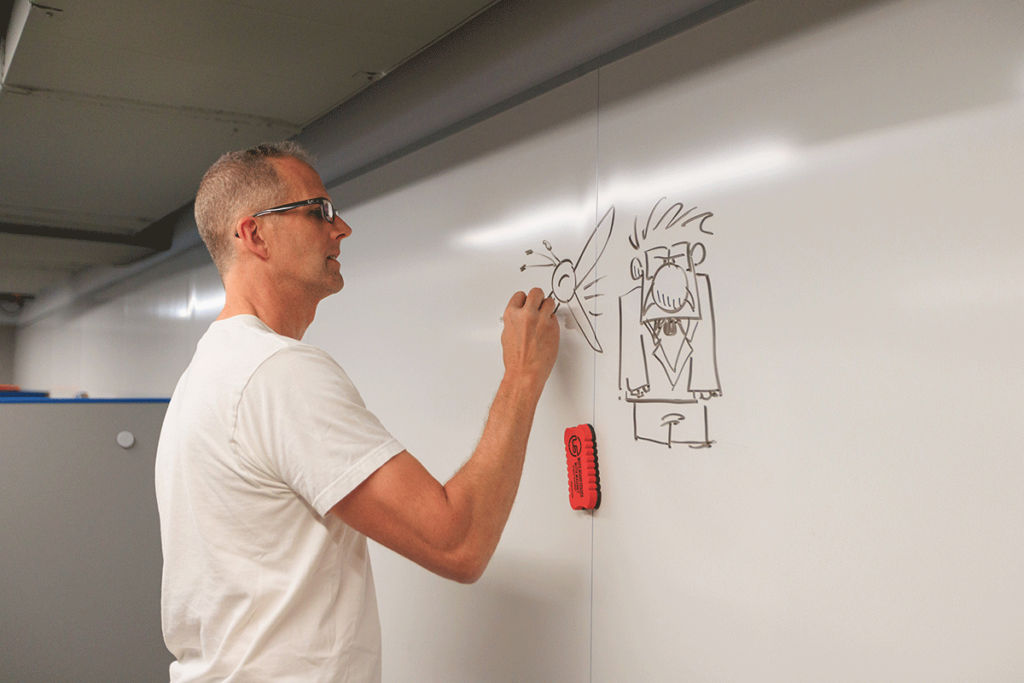
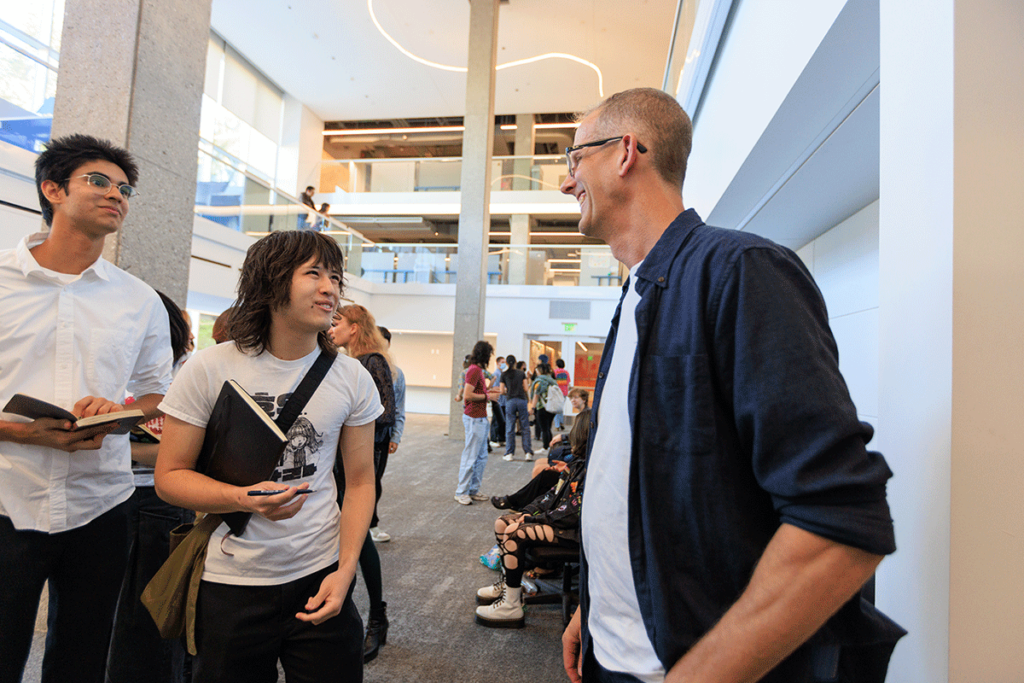
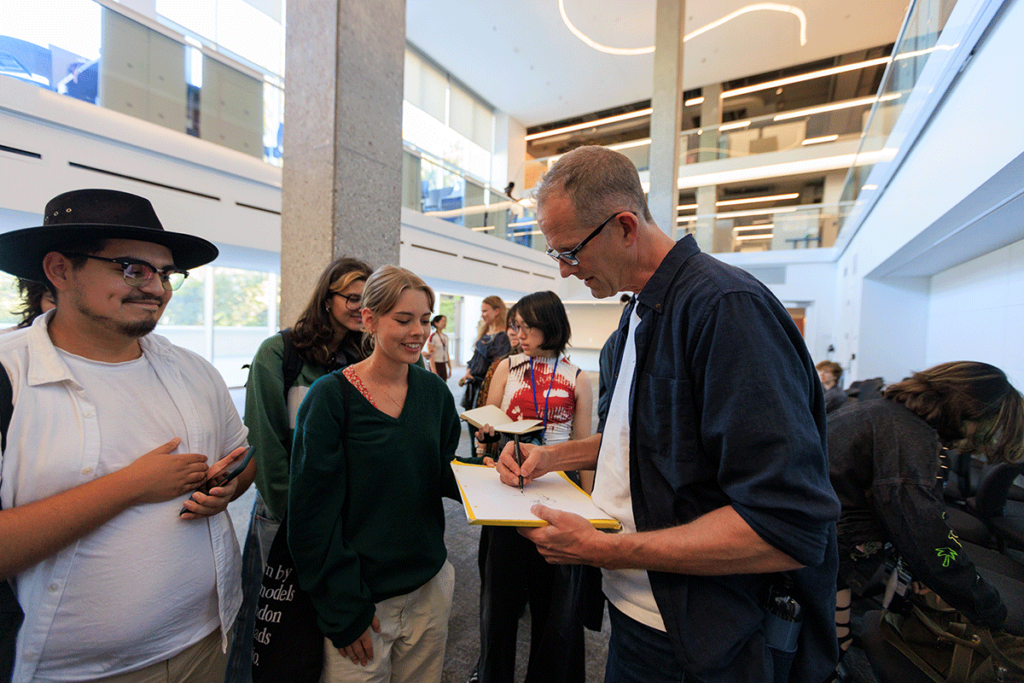
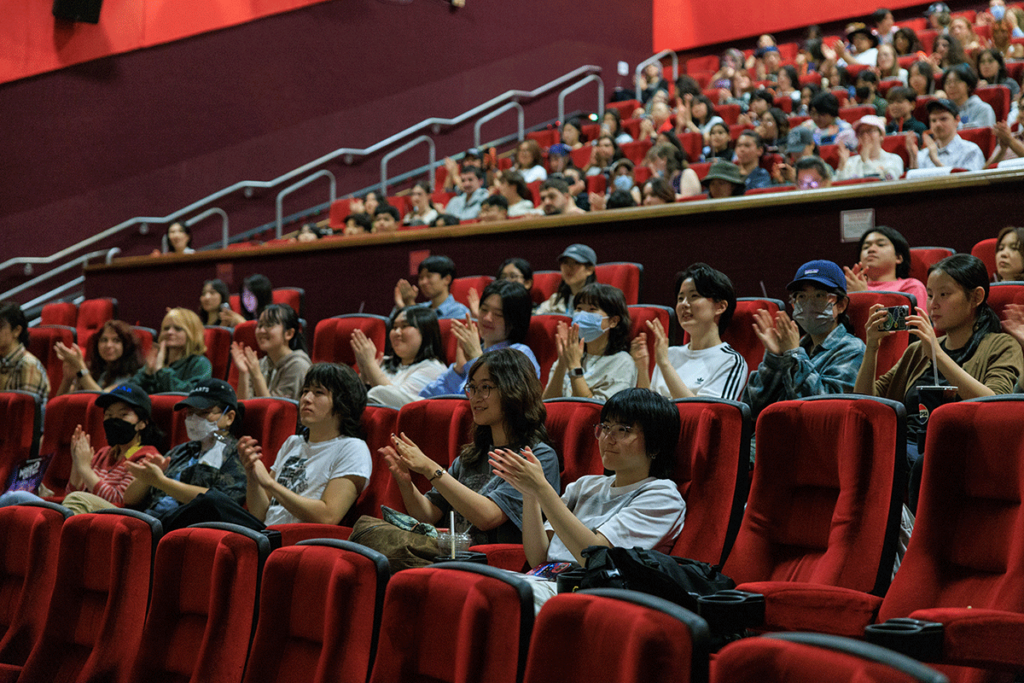
The Q&A also hit on topics outside of Inside Out 2, including how limitations and restrictions can be unexpected boons to creativity, the importance of being wary of those quick to dispense advice, and his passion for filmmaking.
“Movies are like these magic little machines that you wind up, and then when they go, they transmit emotion or click somehow into your own emotion,” he said. “I’m still amazed by them, having worked on them for 30 years.”
Despite having cemented a reputation as a luminary in the industry, Docter doesn’t pretend to have all the answers. No matter where you find yourself in your career, he emphasized, there will always be room to learn and grow in your own artistry.
“I’ve been working for almost 40 years in the industry, and it took me until last year to figure out what my process is,” said Docter. “See what inspires you, and see how far you can get on the fumes before you run out.”
